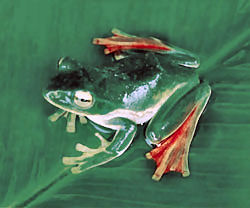
More than 300 new species, including a flying frog and a 100 million-year old gecko, have been discovered in the Eastern Himalayas, a biological treasure trove that biologists say is now threatened by climate change.
Apart from the bright green frog (pictured) that uses its long webbed feet to glide in the air, one of the most significant findings was the oldest fossil gecko species known to science, discovered in an amber mine in the Hukawng Valley in the north of Myanmar.
The World Wildlife Fund (WWF) report “The Eastern Himalayas – Where Worlds Collide” details discoveries made by scientists from various organizations between 1998 and 2008 in a region reaching across Bhutan and north-east India to the far north of Myanmar as well as Nepal and southern parts of Tibet Autonomus Region (China). It describes 244 plants, 16 amphibians, 16 reptiles, 14 fish, 2 birds, 2 mammals and at least 60 invertebrates – all new to science.
“The good news of this explosion in species discoveries is tempered by the increasing threats to the Himalayas’ cultural and biological diversity,” said WWF’s Jon Miceler. “This rugged and remarkable landscape is already seeing direct, measurable impacts from climate change and risks being lost forever.”
The region covered harbors a staggering 10,000 plant species, 300 mammal species, 977 bird species, 176 reptiles, 105 amphibians and 269 types of freshwater fish. It also has the highest density of Bengal tigers in the world and is the last bastion of the greater one-horned rhino.
The rugged and largely inaccessible landscape of the Eastern Himalayas has made biological surveys in the region extremely difficult. As a result, wildlife has remained poorly surveyed and there are large areas that are still biologically unexplored.
Related:
More pics of the newly discovered critters
Lost World Found In New Guinea
Species Extinction Threat Vastly Underestimated
One Third Of Amphibian Species May Disappear

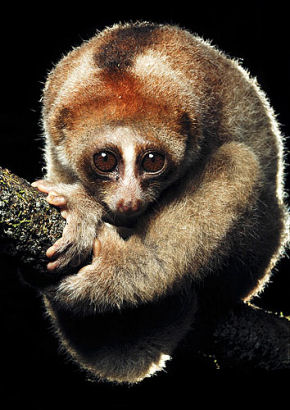






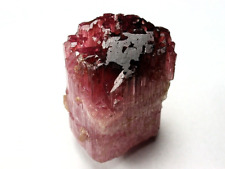


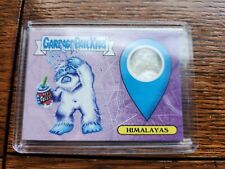
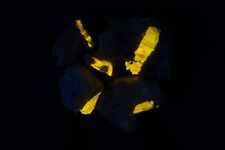


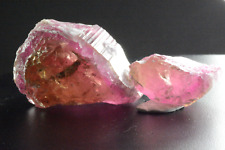
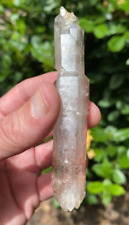
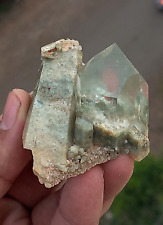
Comments are closed.